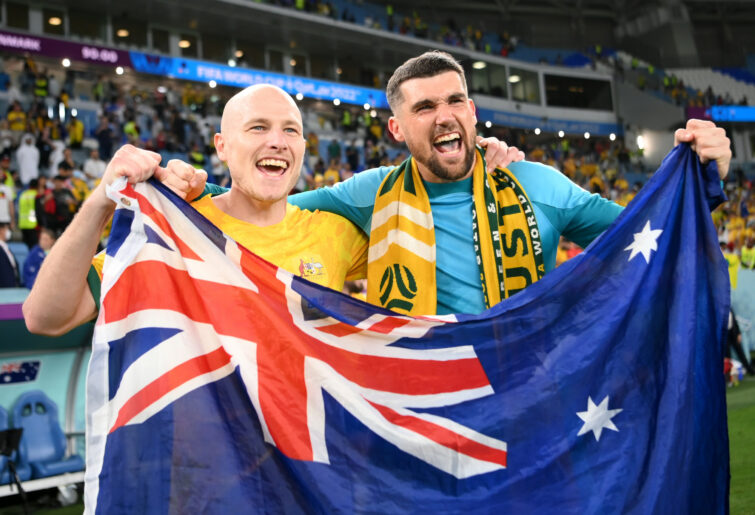Wanderers' season ends, Nix stay alive in premiership race, Perth humiliated again
And just like that, another A-League regular season (sans one game) is in the books and we look ahead to the finals. Let's recap…
Opinion
Youth development and infrastructure are the two pillars that can help the game become what it wants to be.
Football needs to have a competitive, thriving domestic competition and to be the outright second biggest sport in this country, or at the very least a clear third.
And, also at the grassroots level, it must be a sport which doesn’t turn aspiring participants away, because there simply aren’t enough pitches or facilities to go around, for both boys and girls, or because the sport is unaffordable to play.
So there’s plenty of work to be done.
The other great thing about these pillars is that they are somewhat administration-proof. It doesn’t really doesn’t matter who is in charge of the league or the sport at the time. The game will still survive, and even thrive, if we’ve fixed youth development and infrastructure.
Don’t get me wrong, there’s many more things that need to be fixed in Australian football, but if I had a choice to fix just two right now, I’d pick these two.
And both can be fixed – or, at the very least, heading in the right direction – in three to five years if things are done properly.
Lobbying governments is part of infrastructure – and yes, our game has struggled doing that over the decades but more than that we’ve always failed to talk to governments as a united voice.
The FA should work with the states and prioritise the top items per state, at any given time, before either going out to speak to their state and federal leaders.
Time and time again, the FA goes to government looking for funding but they are fighting for the same dollars as the state feds are for other projects. Competing priorities need to become a thing of the past if we want to use this lever to grow the game.
The other great thing about infrastructure is that, as hard as it is to achieve, lobbying governments and actually achieving a result can take many years, sometimes decades, but once things are signed off and actually built they are there to stay. Good things take time, so I hope the FA and the state feds are lobbying hard, hand in hand, with the long game in mind.
The stadium at Tarneit, in Melbourne’s western suburbs, where Western United will eventually play comes to mind. A boutique rectangular stadium closer to the centre of Brisbane is another, and the Socceroos still without a proper home facility is a third – but there are many many more examples of this issue.

(Photo by Shaun Botterill – FIFA/FIFA via Getty Images)
As we get more infrastructure, this will actually solidify the game’s position and growth, no matter who is in charge. This is why this pillar is so fundamental.
Player development is also multi-faceted.
Can the existing state league clubs do better to develop young talent? Of course they can. Some clubs already do it quite well, but many others not so well.
A proper domestic transfer system and a second division would help the cream rise to the top. Much of the problem is that there aren’t enough opportunities for players to be developed, rather than the way development is being done right now.
More clubs and more divisions naturally means more opportunities, and that’s not just for players, but for coaches, administrators, referees, physios, backroom staff etc.
That’s not even including promotion and relegation as yet. That’s another must, but it’s not exclusive, and it can probably wait a few more seasons. The top two divisions can still run side by side for a few years without it, before it being fully and properly introduced.
Once we get to a stage where we’ve got enough opportunities domestically to develop more players, and we’re producing a heap of good young talent, while valuing these players correctly, that’s when we know we’re going places. This is also why a proper domestic transfer system is so important.
Melbourne Victory buying a contracted player from Adelaide City or Canberra Olympic is the same as Everton or Leeds United buying a player from Central Coast. It’s money coming into the Australian domestic ecosystem. And more often than not, some of this money will then be reinvested to make more of the same, by ultimately fine tuning and repeating the development process.
We only have to look at the MLS in 2022, where multiple players are going directly to the Premier League for transfer fees of over $US10 million each. There is no reason we cannot replicate this if and when we get our house in order.
That also highlights the need for our domestic clubs to prioritise youth development, and perhaps save some money, which is often wasted on old foreign players coming to Australia for a pension.